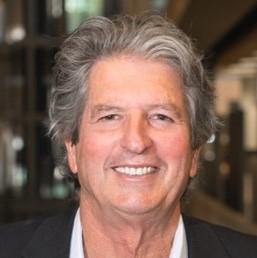
Martin Green
Scientia Professor
Martin Green was born in Brisbane, Australia and educated at the University of Queensland and McMaster University, Canada. After completing his PhD at McMaster, he joined the University of New South Wales, Sydney where he is now a Scientia Professor and Founding Director of the Australian Centre for Advanced Photovoltaics, involving five other Australian Universities and research groups. His group’s contributions to photovoltaics include conception of both “PERC” and “TOPCon” solar cells, now accounting for over 90% of global production, and holding the record for silicon solar cell energy conversion efficiency for 3 of the last 4 decades, regarded as a “Top Ten” milestone in solar photovoltaics since Becquerel’s initial studies in 1839. Major international awards include the 1999 Australia Prize, the 2021 Japan Prize, the 2022 Millennium Technology Prize presented in Helsinki and the 2023 Queen Elizabeth Prize for Engineering (with three former students).
Title: How close can we get to 29% silicon cell efficiency
Abstract: With recent cell efficiency records using heterojunction (HJT) cells and module records using TOPCon in all back contact structures, it is of interest to see how close we can get to the limiting silicon cell efficiency of 29%. It is shown that the key issue is the open-circuit voltage (Voc) able to be demonstrated by the competing technologies.
While HJT cells have demonstrated Voc over 750mV in both traditional “front and back contacted” and “all back contacted” devices, TOPCon has lagged behind with values of 732mV and 744mV the highest found to date. More important than this 1-2% relative voltage advantage is the impact on achievable fill factor (FF). As Voc approaches the intrinsic Auger limit, an additional 2-3% advantage is gained in FF due to these different Voc capabilities.
It is concluded that an “all back contacted” HJT cell has the highest efficiency potential at present with efficiencies above 28% likely to be demonstrated.
